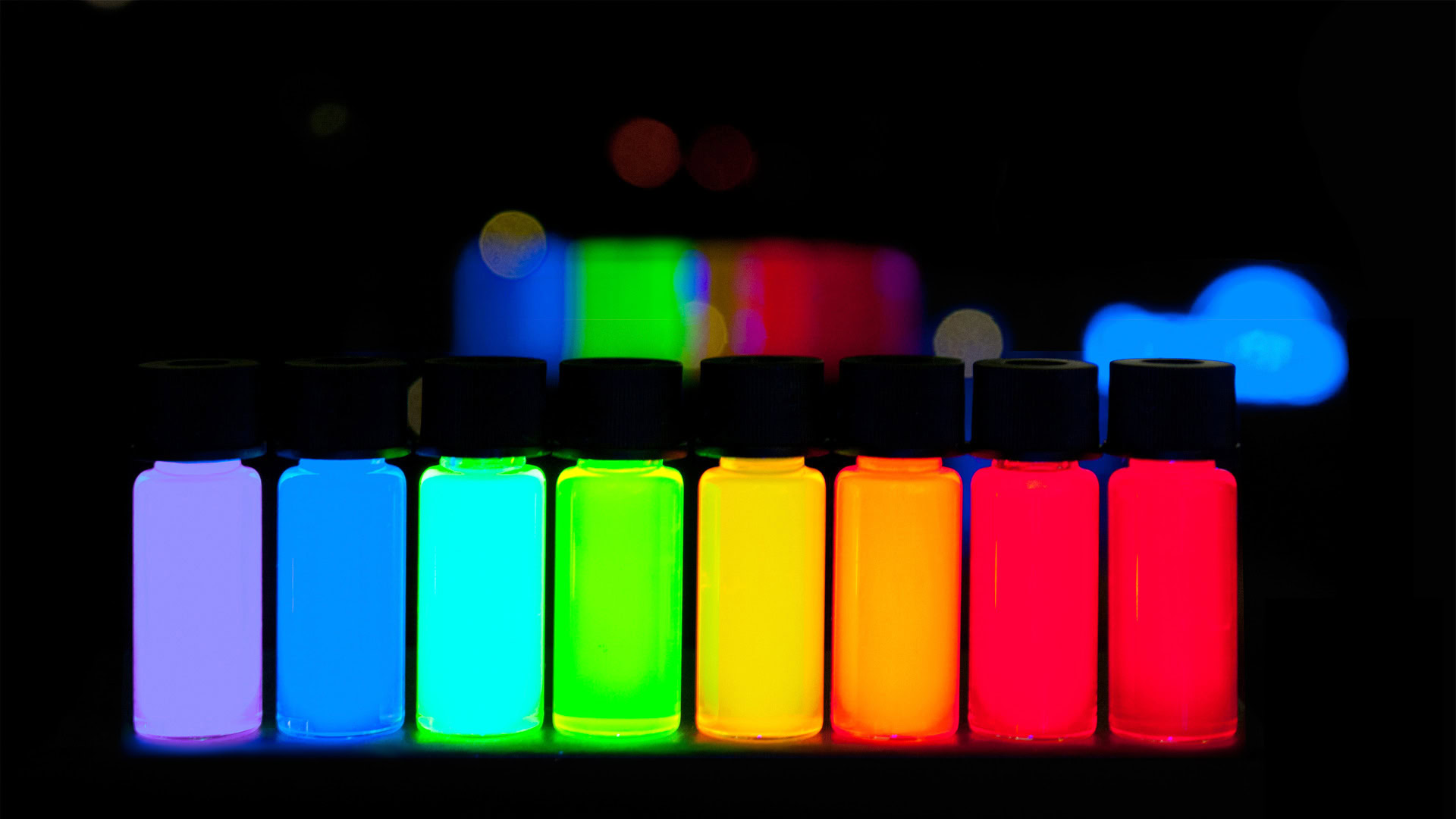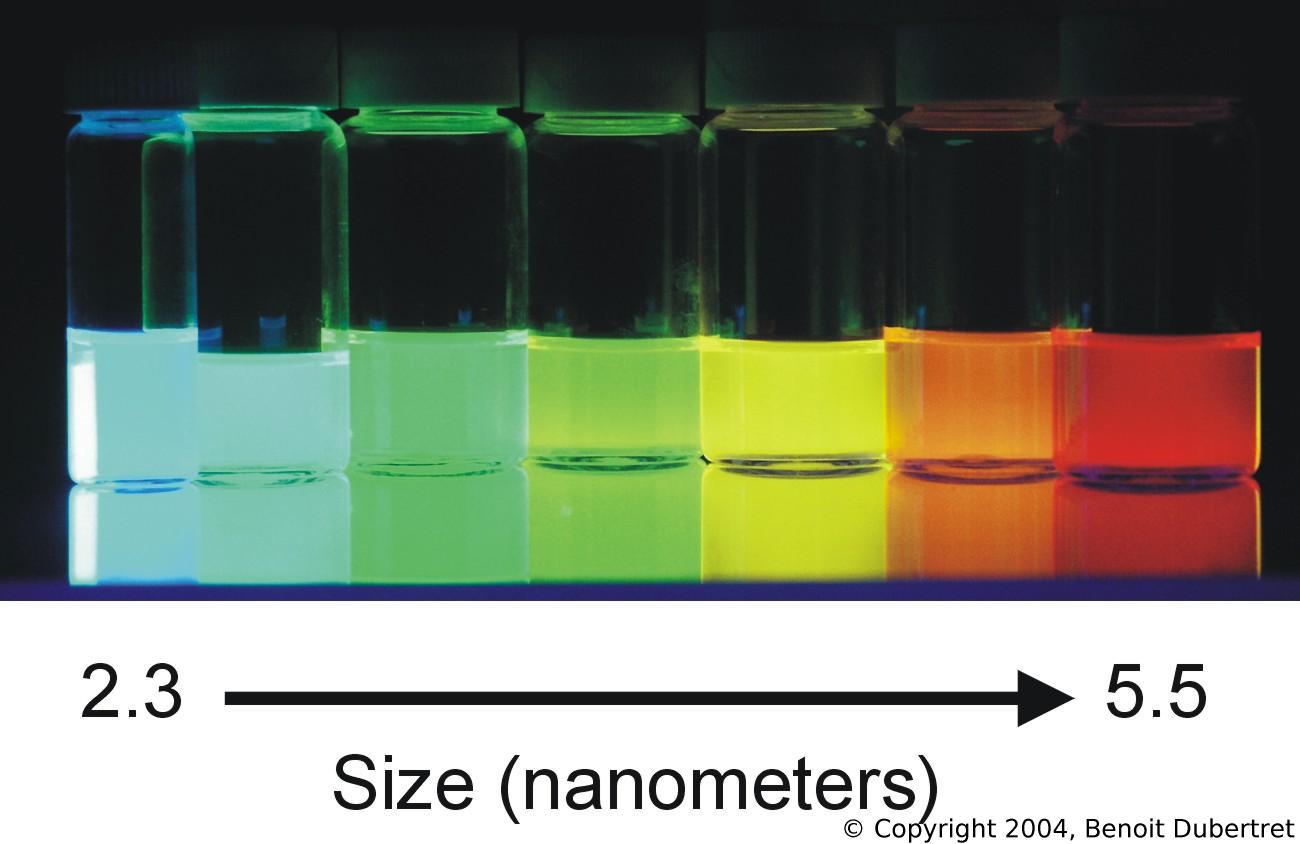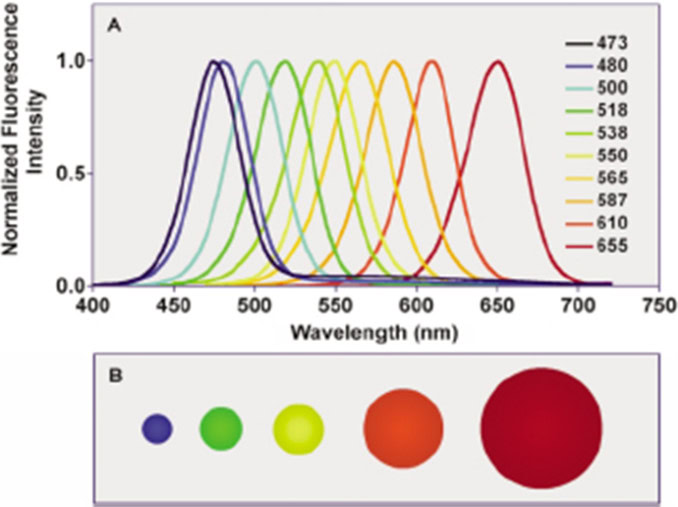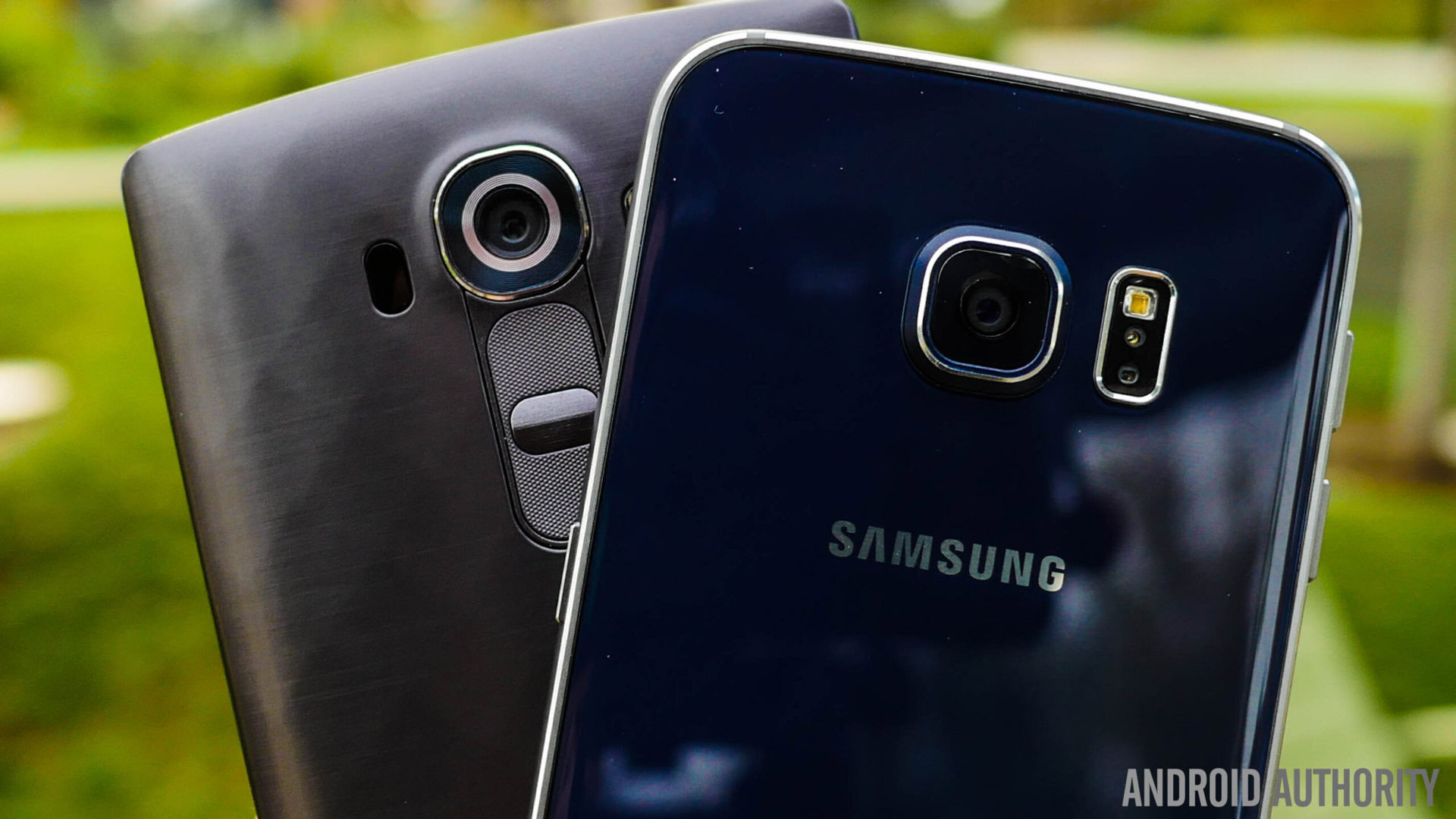Affiliate links on Android Authority may earn us a commission. Learn more.
Quantum Dot is promising for more than just displays

Quantum Dot technology is shaping up to be the next big step forward in LCD display technology, although we are yet to see our first smartphone implementation yet. The technology will likely be appearing in more devices over the coming years, but the science behind these new displays also boasts promising properties for other applications. We’re going to take a quick look at image sensors and spectrometry.
What is a Quantum Dot?
Before we begin, a quantum dot is a small nanocrystal made from various conducting materials, typically in the range of between 2 to 10 nanometers in diameter. They exhibit semiconductor properties and are most widely known for their ability to emit light of different colors. This was first studied by Michael Faraday back in 1857.
Properties, such as light emission, are directly linked to the size of the nanocrystal. This is useful to know when it comes to displays, cameras, and light detection technologies, as it allows for a quantum dot to be manufactured at a specific size in order to work with a very specific frequency of light. This allows for the creation of the RGB colors required for displays and could also be leveraged to create color detecting pixels for image sensors.

New use cases
Although displays may have grabbed much of the early attention with Quantum Dots, the technology is also highly suitable for a variety of sensor implementations. By configuring Quantum Dots as absorptive filters with specific bandpass ranges, it is possible to use them to detect specific wavelengths of light, turning the use case from a display to a light sensor.
As a Quantum Dot produces one color from a light source of a higher power, it essentially acts a filter. In other words, blue light can activate a red QD as it has more power, but a red light could not activate a blue QD. Using a series of known filters and light detecting sensors, it is possible to figure out what frequency of light is pointed at the sensor. Examples have already been prototyped into an image sensor using 195 different broadband QD filters.

Quantum Dot filters can be finely tuned across a huge range of wavelengths, from deep violet to near-infrared wavelengths, which would be useful as a spectrometer. While spectrometers are already in use technology, the complex and large nature of the components makes them expensive. Quantum Dot based image sensors could be produced in smaller form factors and at much lower costs, enabling new products for consumer and industrial applications.

Currently, spectrometers are used in biomedical research, forensic science and chemical detection fields. An infrared spectrometer can be used to analyse the elements of a compound though molecular vibrations, while ultraviolet light can be used to detect electronic excitations. The visible spectrum in between applies to what we can see with our own eyes, and spectrometers can detect these levels very accurately too.
Quantum Dot image sensors could lead to compact consumer products. These could include portable medical or self-diagnostic tools to help diagnose skin conditions, analyse urine samples or track pulse and oxygen levels.
Development could also increase access to information for more seemingly mundane tasks, such as evaluating fabric or paint samples in a store to see how well they match up with other colors in your home.

Jie Bao, a former MIT postdoc and currently a Visiting Associate in Physics at Caltech, suggests that colloidal quantum dot materials can be applied to a sensor array using a variety of techniques, including ink jet printing or direct printing, which would be quite cost effective. Furthermore, implementation in consumer electronics may not even require the 195 dots already proposed for such a sensor. A reasonable system may be able to get away with a dozen or so dots spread throughout the spectrum, to provide enough information and accuracy for most consumer applications.
If such a Quantum Dot image sensor can be manufactured at a reasonable cost, in the future we may see high-resolution image sensors powering a range of spectrometers found in industrial, scientific and consumer grade products. The technology is suitable for much more than just displays, and TVs are just the beginning.